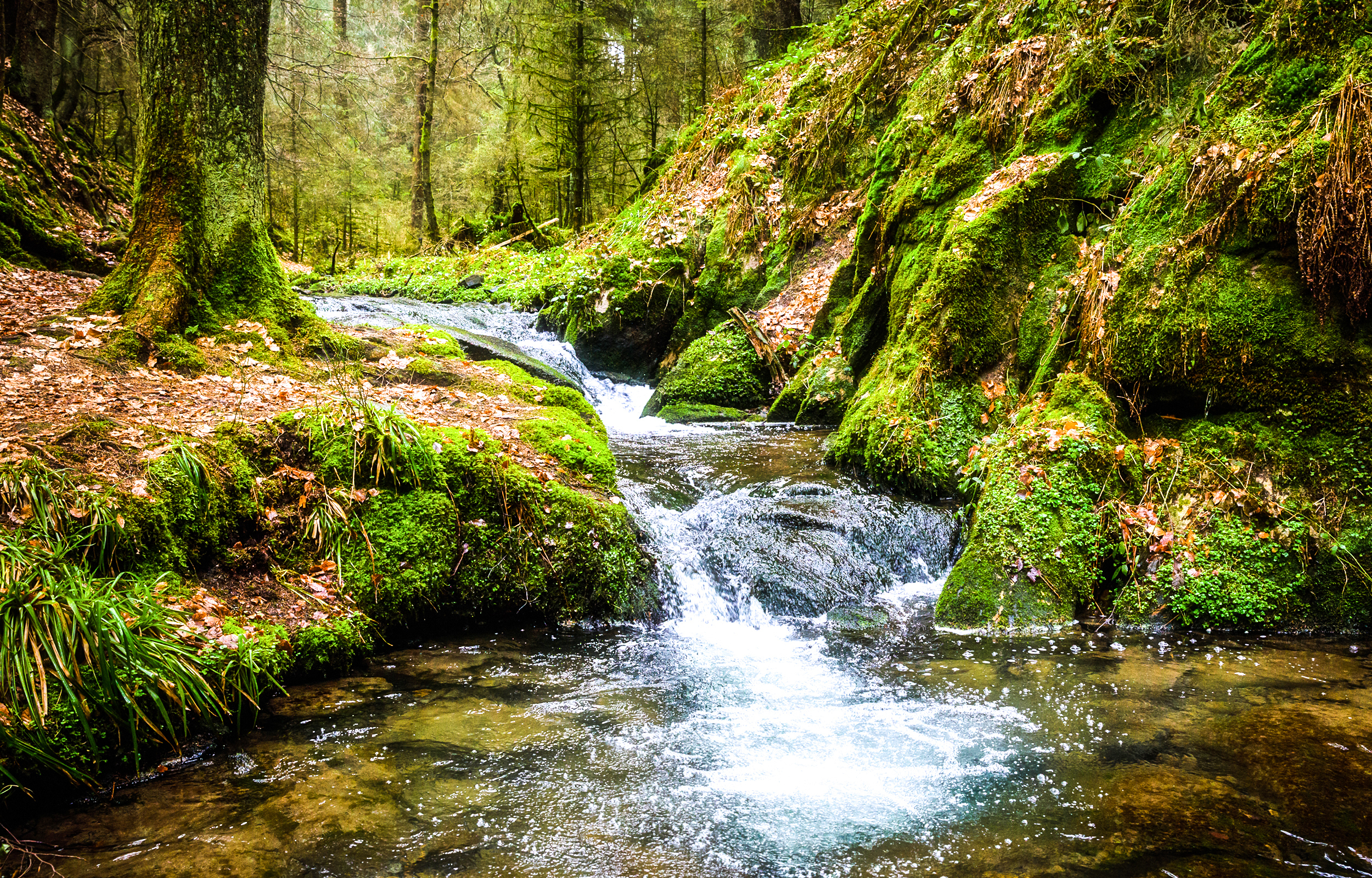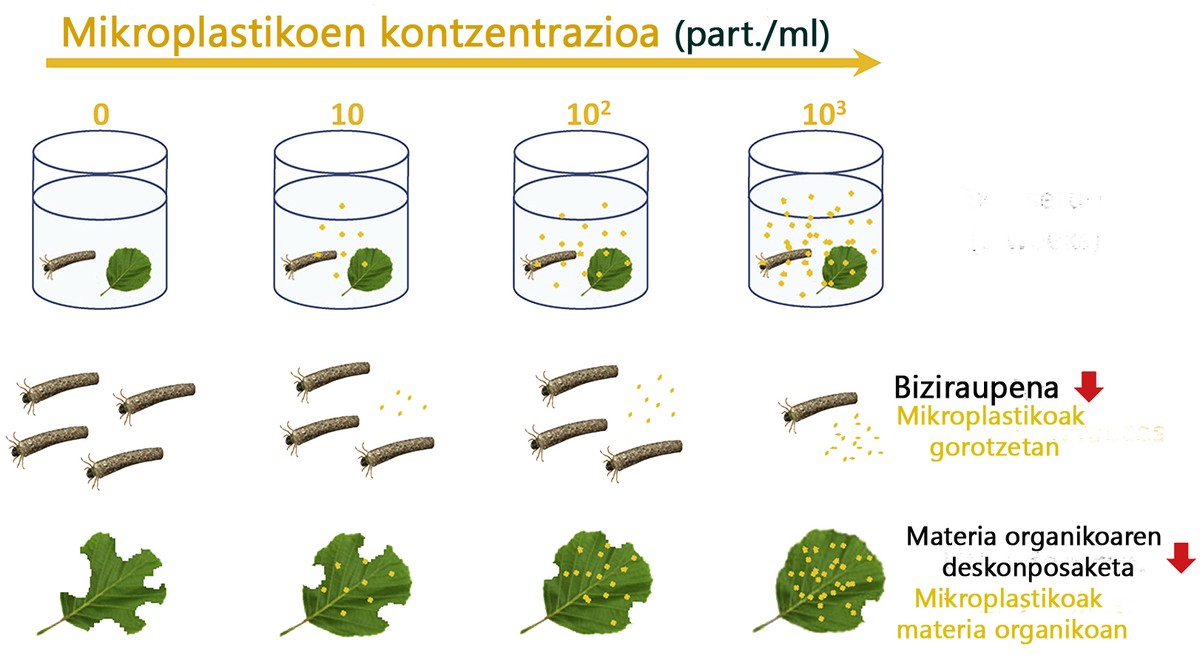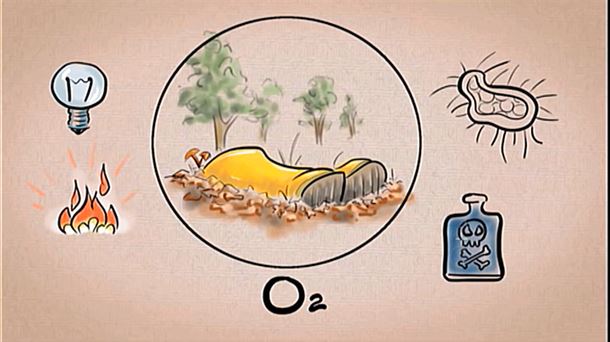Microplastics have lethal effects on fluvial cups and invertebrates
2020/03/09 Agirre Ruiz de Arkaute, Aitziber - Elhuyar Zientzia Iturria: Elhuyar aldizkaria

The experiments were carried out by the group of Fluvial Ecology of the UPV, in collaboration with the National Museum of Natural Sciences of Madrid (CSIC): For 15 days, renacuajos and organisms that feed on litter (insect larvae) have been exposed to microplastics. The conditions of the lakes and rivers in which the animals live have been replicated and different concentrations of microplastics have been put: systems without microplastics (control), low concentration, medium and high concentration. The concentrations of microplastics found in rivers range between low and medium laboratory concentrations.
The influence of microplastics on the survival, feeding and growth of tadpoles, as well as their ingestion and expulsion, has been analyzed. Animals die in the highest concentration of micro-plastics; at lower concentrations do not die, but the growth of amphibians decreases.
On the other hand, since the decomposition of the litter is one of the most important processes of river ecosystems, the influence of microplastics in this decomposition and the organisms that feed on it has been analyzed. Microplastics retained in the ear cause a lower decomposition of organic matter and a decrease in the survival of invertebrates in their presence, regardless of their concentration.
Experiments have shown that in measured concentrations in the environment, microplastics can be important for both amphibians and organisms that break down organic matter. “We have also worked in very high concentrations of microplastics. In short, we want to see what concentration is beginning to be harmful, because we do not know what will happen in the future, says Luz Boyero González, director of the research. It is true that Europe has begun to create legislation that involves a reduction of single-use plastics, but for the moment plastics production continues to grow. And all these plastics present in the environment and landfills will continue to degrade and generate microplastics in the coming decades. Therefore, we do not know what concentration we will reach in the future.”

Research has been conducted on the influence of plastics on animals in marine ecosystems, but little on river ecosystems. “It must be taken into account that many microplastics reach the sea through the rivers. Many are fibers, millions of microplastics dragged by water every time we put synthetic clothes into the washing machine. These microplastics circulate through the pipeline to the rivers and from there to the sea. We hardly know how they arrive and how they affect terrestrial ecosystems. But it is clear that they have also been found in the atmosphere, so they will be in the rain and reach the soil and vegetation,” says Boyero.
Vector between ecosystems
“Our results seem to indicate that amphibians and invertebrates can be, according to Boyero, an important way of transferring microplastics from freshwater to terrestrial ecosystems. For example, the invertebrates analyzed present an aqueous larval phase, but then the adults are terrestrial. And these adults are introducing all these polluting microplastics into the terrestrial ecosystem, as they feed on reptiles and mammals. With the tadpoles he can pass it.”
Obstacle to assimilation of food
“We do not know how microplastics work in people and even less on a cellular level. But in marine animals it has already been shown that microplastics are absorbed into the intestine and enter tissues and cells — warns Boyero. It is possible that the mere presence of microplastics in the digestive system, even without being absorbed, prevents the absorption of food. Microplastics generate a layer in the epithelium itself and food is not assimilated well. I think, for the moment, we are not in concentrations that are serious for the human being, but we do not know what effects can have in the long term. It is a real possibility of impact. We consume pollutants that have accumulated all the organisms of the trophic network. We have to be conscious.” On the other hand, in addition to micro-plastics, they are also nanoplastics. Due to its small size, its greater cellular penetration capacity and influence should be studied.

Gai honi buruzko eduki gehiago
Elhuyarrek garatutako teknologia








